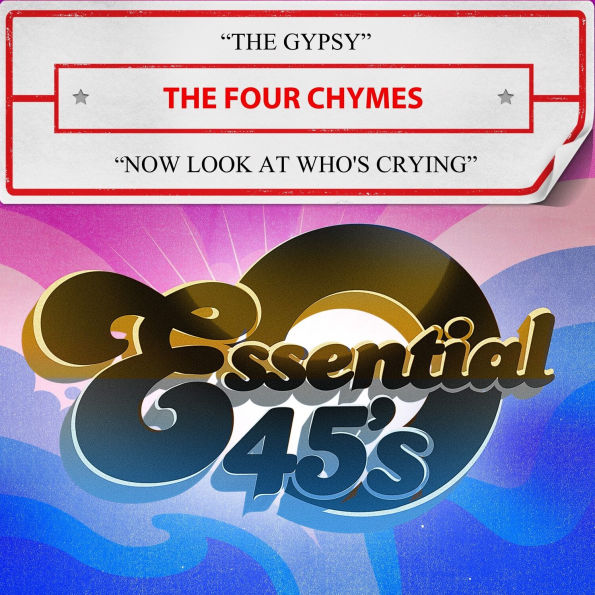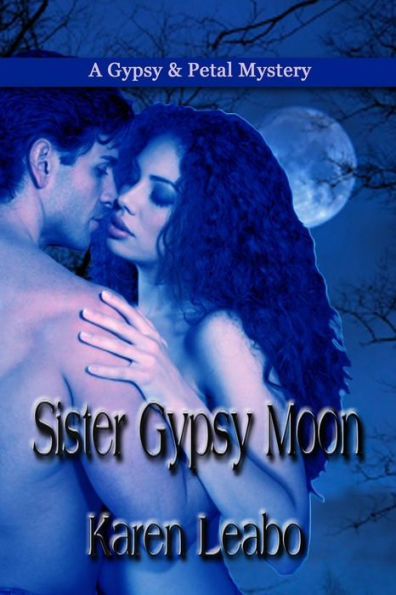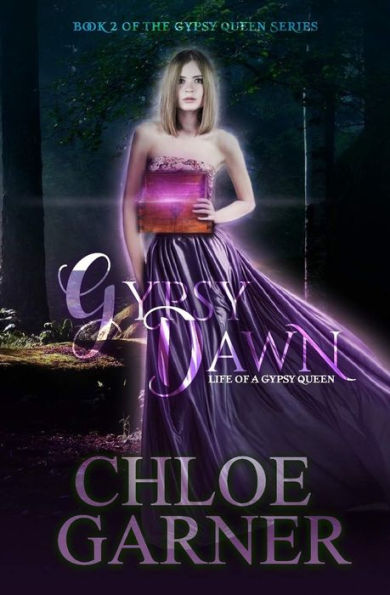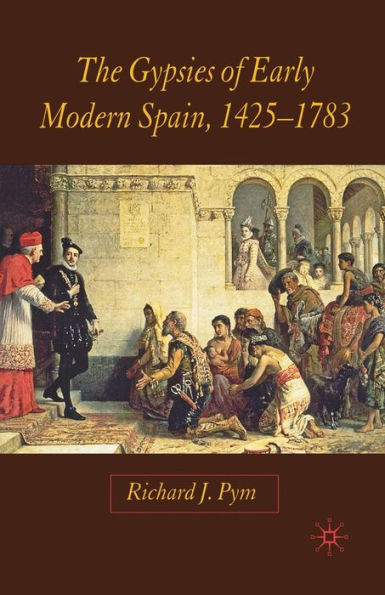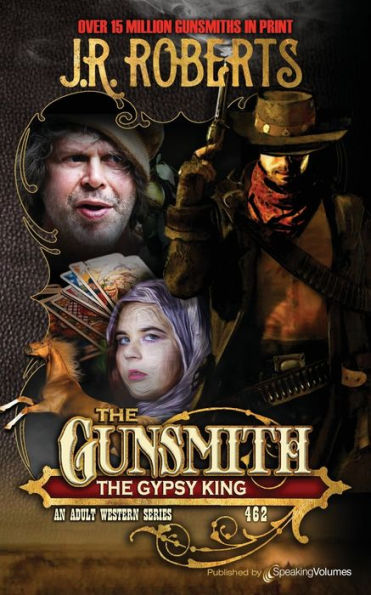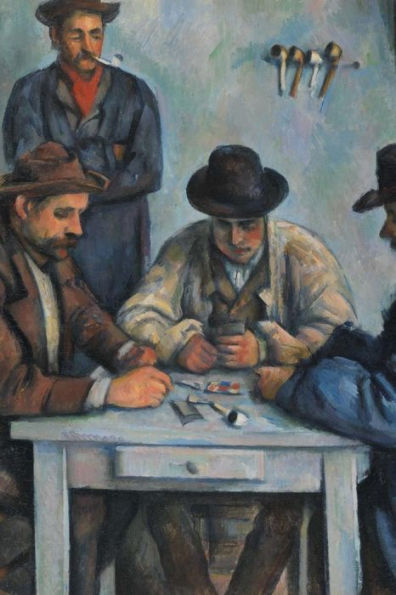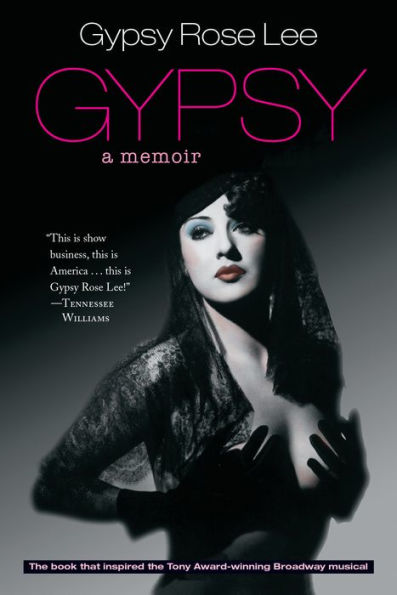Home
Band of Gypsys
Barnes and Noble
Loading Inventory...
Band of Gypsys in Bloomington, MN
Current price: $13.59


Band of Gypsys in Bloomington, MN
Current price: $13.59
Loading Inventory...
Size: CD
Band of Gypsys
was the only live recording authorized by
Jimi Hendrix
before his death. It was recorded and released in order to get
Hendrix
out from under a contractual obligation that had been hanging over his head for a couple years. Helping him out were longtime friends
Billy Cox
on bass and
Buddy Miles
on the drums because
the Experience
had broken up in June of 1969, following a show in Denver. This rhythm section was vastly different from
.
was an earthy, funky drummer in direct contrast to the busy, jazzy leanings of
Mitch Mitchell
Noel Redding
was not really a bass player at all but a converted guitar player who was hired in large part because
liked his hair! These new surroundings pushed
to new creative heights. Along with this new rhythm section,
took these shows as an opportunity to showcase much of the new material he had been working on. The music was a seamless melding of
rock
,
funk
, and
R&B
, and tunes like
"Message to Love"
and
"Power to Love"
showed a new lyrical direction as well. Although he could be an erratic live performer, for these shows,
was on -- perhaps his finest performances. His playing was focused and precise. In fact, for most of the set,
stood motionless, a far cry from the stage antics that helped establish his reputation as a performer. Equipment problems had plagued him in past live shows as well, but everything was perfect for the
Fillmore
shows. His absolute mastery of his guitar and effects is even more amazing considering that this was the first time he used the Fuzz Face, wah-wah pedal, Univibe, and Octavia pedals on-stage together. The guitar tones he gets on
"Who Knows"
are powerful and intense, but nowhere is his absolute control more evident than on
"Machine Gun,"
where
conjures bombs, guns, and other sounds of war from his guitar, all within the context of a coherent musical statement. The solo on
"Machine Gun"
totally rewrote the book on what a man could do with an electric guitar and is arguably the most groundbreaking and devastating guitar solo ever. These live versions of
are far better than the jigsaw puzzle studio versions that were released posthumously. Two
compositions are also included, but the show belongs to
Jimi
all the way.
is not only an important part of the
legacy, but one of the greatest live albums ever. ~ Sean Westergaard
was the only live recording authorized by
Jimi Hendrix
before his death. It was recorded and released in order to get
Hendrix
out from under a contractual obligation that had been hanging over his head for a couple years. Helping him out were longtime friends
Billy Cox
on bass and
Buddy Miles
on the drums because
the Experience
had broken up in June of 1969, following a show in Denver. This rhythm section was vastly different from
.
was an earthy, funky drummer in direct contrast to the busy, jazzy leanings of
Mitch Mitchell
Noel Redding
was not really a bass player at all but a converted guitar player who was hired in large part because
liked his hair! These new surroundings pushed
to new creative heights. Along with this new rhythm section,
took these shows as an opportunity to showcase much of the new material he had been working on. The music was a seamless melding of
rock
,
funk
, and
R&B
, and tunes like
"Message to Love"
and
"Power to Love"
showed a new lyrical direction as well. Although he could be an erratic live performer, for these shows,
was on -- perhaps his finest performances. His playing was focused and precise. In fact, for most of the set,
stood motionless, a far cry from the stage antics that helped establish his reputation as a performer. Equipment problems had plagued him in past live shows as well, but everything was perfect for the
Fillmore
shows. His absolute mastery of his guitar and effects is even more amazing considering that this was the first time he used the Fuzz Face, wah-wah pedal, Univibe, and Octavia pedals on-stage together. The guitar tones he gets on
"Who Knows"
are powerful and intense, but nowhere is his absolute control more evident than on
"Machine Gun,"
where
conjures bombs, guns, and other sounds of war from his guitar, all within the context of a coherent musical statement. The solo on
"Machine Gun"
totally rewrote the book on what a man could do with an electric guitar and is arguably the most groundbreaking and devastating guitar solo ever. These live versions of
are far better than the jigsaw puzzle studio versions that were released posthumously. Two
compositions are also included, but the show belongs to
Jimi
all the way.
is not only an important part of the
legacy, but one of the greatest live albums ever. ~ Sean Westergaard
Band of Gypsys
was the only live recording authorized by
Jimi Hendrix
before his death. It was recorded and released in order to get
Hendrix
out from under a contractual obligation that had been hanging over his head for a couple years. Helping him out were longtime friends
Billy Cox
on bass and
Buddy Miles
on the drums because
the Experience
had broken up in June of 1969, following a show in Denver. This rhythm section was vastly different from
.
was an earthy, funky drummer in direct contrast to the busy, jazzy leanings of
Mitch Mitchell
Noel Redding
was not really a bass player at all but a converted guitar player who was hired in large part because
liked his hair! These new surroundings pushed
to new creative heights. Along with this new rhythm section,
took these shows as an opportunity to showcase much of the new material he had been working on. The music was a seamless melding of
rock
,
funk
, and
R&B
, and tunes like
"Message to Love"
and
"Power to Love"
showed a new lyrical direction as well. Although he could be an erratic live performer, for these shows,
was on -- perhaps his finest performances. His playing was focused and precise. In fact, for most of the set,
stood motionless, a far cry from the stage antics that helped establish his reputation as a performer. Equipment problems had plagued him in past live shows as well, but everything was perfect for the
Fillmore
shows. His absolute mastery of his guitar and effects is even more amazing considering that this was the first time he used the Fuzz Face, wah-wah pedal, Univibe, and Octavia pedals on-stage together. The guitar tones he gets on
"Who Knows"
are powerful and intense, but nowhere is his absolute control more evident than on
"Machine Gun,"
where
conjures bombs, guns, and other sounds of war from his guitar, all within the context of a coherent musical statement. The solo on
"Machine Gun"
totally rewrote the book on what a man could do with an electric guitar and is arguably the most groundbreaking and devastating guitar solo ever. These live versions of
are far better than the jigsaw puzzle studio versions that were released posthumously. Two
compositions are also included, but the show belongs to
Jimi
all the way.
is not only an important part of the
legacy, but one of the greatest live albums ever. ~ Sean Westergaard
was the only live recording authorized by
Jimi Hendrix
before his death. It was recorded and released in order to get
Hendrix
out from under a contractual obligation that had been hanging over his head for a couple years. Helping him out were longtime friends
Billy Cox
on bass and
Buddy Miles
on the drums because
the Experience
had broken up in June of 1969, following a show in Denver. This rhythm section was vastly different from
.
was an earthy, funky drummer in direct contrast to the busy, jazzy leanings of
Mitch Mitchell
Noel Redding
was not really a bass player at all but a converted guitar player who was hired in large part because
liked his hair! These new surroundings pushed
to new creative heights. Along with this new rhythm section,
took these shows as an opportunity to showcase much of the new material he had been working on. The music was a seamless melding of
rock
,
funk
, and
R&B
, and tunes like
"Message to Love"
and
"Power to Love"
showed a new lyrical direction as well. Although he could be an erratic live performer, for these shows,
was on -- perhaps his finest performances. His playing was focused and precise. In fact, for most of the set,
stood motionless, a far cry from the stage antics that helped establish his reputation as a performer. Equipment problems had plagued him in past live shows as well, but everything was perfect for the
Fillmore
shows. His absolute mastery of his guitar and effects is even more amazing considering that this was the first time he used the Fuzz Face, wah-wah pedal, Univibe, and Octavia pedals on-stage together. The guitar tones he gets on
"Who Knows"
are powerful and intense, but nowhere is his absolute control more evident than on
"Machine Gun,"
where
conjures bombs, guns, and other sounds of war from his guitar, all within the context of a coherent musical statement. The solo on
"Machine Gun"
totally rewrote the book on what a man could do with an electric guitar and is arguably the most groundbreaking and devastating guitar solo ever. These live versions of
are far better than the jigsaw puzzle studio versions that were released posthumously. Two
compositions are also included, but the show belongs to
Jimi
all the way.
is not only an important part of the
legacy, but one of the greatest live albums ever. ~ Sean Westergaard
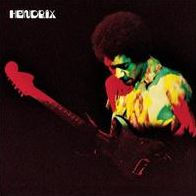
![Band of Gypsys: Live at the Fillmore [DVD]](https://prodimage.images-bn.com/pimages/0886978694492_p0_v3_s600x595.jpg)
